Imagine solving some of the universe’s most complex mysteries from your personal computer. In 2025, physicists are doing just that — no supercomputers required.
While quantum physics traditionally demands massive computing power, a new method developed by researchers is changing the game. This breakthrough is not only lowering the barrier to entry but also accelerating discovery in fields once limited by costly hardware.
Let’s explore how this revolution is unfolding and what it means for the future of science.
Why Quantum Simulations Once Needed Supercomputers
Quantum systems are notoriously complex. Even a small collection of interacting particles can create billions of possible states.
Traditionally, simulating these systems required:
- Extremely powerful processors
- Huge amounts of memory
- High-performance computing clusters
This meant only top-tier research institutions could run detailed quantum simulations. Independent researchers, educators, or small labs simply couldn’t afford the resources.
The Breakthrough: Truncated Wigner Approximation (TWA) Evolved
What Is TWA?
The Truncated Wigner Approximation is a semiclassical method that blends classical physics with quantum concepts. In simpler words, it takes shortcuts to model quantum systems without calculating every single possibility.
In 2025, physicists introduced a new and improved version of TWA. The updated model allows for realistic simulations of quantum systems that:
- Interact with their environment
- Experience energy loss (dissipation)
- Are driven by external forces
This essentially brings quantum research closer to the real world.
How This New Method Works Without Supercomputers
The upgraded TWA significantly reduces the computing load. Physicists can now:
- Set up simulations with basic knowledge
- Model advanced quantum systems on laptops
- Skip expensive and time-consuming supercomputer queues
Here’s How the Process Has Become Simpler:
- Write the quantum system’s initial conditions.
- Apply the model using a set of ready-made equations.
- Run the simulation on consumer hardware.
- Analyze and refine without needing external compute resources.
This method has been made openly accessible, with some researchers saying it’s “learnable in a day and usable in three.”
Real-World Example: Spin System Simulations Made Easy
Consider a system of interacting quantum spins — a problem that once required high-performance machines.
Using the new TWA method, researchers can now simulate such a system on:
- A high-end laptop
- A desktop workstation
- Even cloud-hosted virtual machines
This advancement drastically reduces the time and cost involved in quantum physics education and experimentation.
Why This Matters for Science and Innovation
Here’s what this breakthrough makes possible:
- Democratizes research: More people can study quantum systems without being held back by funding limits.
- Accelerates discovery: Less time waiting for compute access means faster iteration and insights.
- Opens doors to new applications: From quantum computing to material science, simplified simulation tools can generate fresh breakthroughs.
Conclusion: The Future of Quantum Research Is More Accessible
The evolution of the Truncated Wigner Approximation in 2025 is more than just a scientific milestone—it’s a shift in how we conduct research. By making advanced quantum simulations accessible to more minds, it opens the door to faster innovation and broader participation.
Whether you’re a student, researcher, or science enthusiast, the barriers to exploring the quantum universe are lower than ever. And that’s a breakthrough worth celebrating
Related Reading
- Why Photonic Qubits Matter: PsiQuantum’s Approach to Building a Million-Qubit Computer.
- From Physical to Logical Qubits: PsiQuantum’s Path to Fault-Tolerant Quantum Machines.
- Quantum Error Correction Explained: The Role of Surface Codes in PsiQuantum’s Design.
FAQs
1. What is the biggest advantage of simulating quantum systems without supercomputers?
The biggest advantage is accessibility. Researchers at small institutions or students in training can now run complex simulations without heavy financial investment.
2. Are the results from this method as accurate as supercomputer simulations?
Not always. This approach simplifies some quantum details, so it’s best for mid-level problems. For ultra-precise simulations, high-performance computing may still be needed.
3. Can beginners in physics use this method?
Yes, the method is designed to be user-friendly, and basic programming and physics knowledge are enough to get started.
4. What fields can benefit from this breakthrough?
Quantum computing, condensed matter physics, materials science, and even chemistry can all use these simplified simulation methods.




